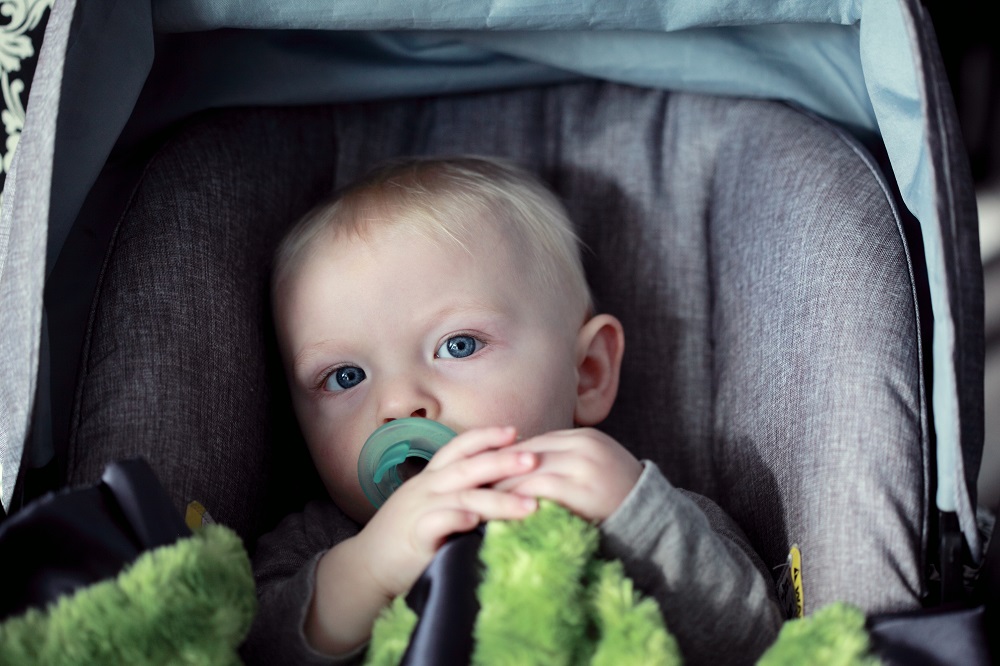For new parents, understanding the differences between car seats and choosing the best one for your child takes time and research. Car seats are essential for the safety of children whether you are driving short or far distances. The unfortunate reality is that car accidents can occur at any time. Having your child properly secured and protected in a car seat significantly increases safety and reduces the risk of severe injuries in the event of an accident. The following tips are important to keep in mind when it comes to car seat safety.
Choosing the Right Car Seat
The first step for the safety of children during car rides is choosing the right car seat. For new parents, it is important to learn about the different types of car seats and choosing an appropriate one for your child. It is crucial to understand the age and weight guidelines for different types of car seats.
Infants should start with rear-facing seats, providing optimal support for their fragile neck and spine during the early stages. As they grow out of their rear-facing car seat, around ages 2 to 3 years old, they can transition to forward-facing car seats with a harness. Booster seats with seat belts are suitable for older children who have grown out of their forward-facing car seat. Reading the manual of the car seat you have for your child is important to be aware of the height and weight limits specified by the manufacturer. Regardless of age, the height and weight of your child are more important to consider when choosing a car seat that provides optimal safety and protection for their body size.
Other factors to consider when choosing a car seat include safety features, ease of installation, and compatibility with your vehicle. Reading reviews and consulting with experts can help you make an informed decision for choosing the best car seat for your child.
How to Correctly Install a Car Seat
To correctly install a car seat, start by carefully reading and following the car seat manual provided by the manufacturer. Since there are many variations of car seats and differences in vehicles, following the manufacturer’s instruction guide is the best way to make sure the car seat is properly installed. The car seat manual will provide detailed instructions specific to your car seat model to set it up for optimal safety.
Either the LATCH system or the seat belt are commonly used for installation, following the instructions in the manual. Ensure that the car seat is tightly and securely fastened to the vehicle seat, with minimal to no movement when tested at the base. Check the recline angle of the car seat and adjust it to the manufacturer’s guidelines. As an extra safety precaution, always double-check the installation to ensure it is done correctly, reducing the risk of any potential injuries or accidents.
Properly Positioning and Harnessing the Child
Properly positioning your child’s car seat in the back seat of the vehicle is crucial for their safety. Especially in the event of a car accident, the back seat provides greater protection and prevents injuries caused by the potential impact of airbags. Taking the time to properly position and harness your child in the car seat will provide them with maximum protection and minimize the risk of injury in the event of a car accident.
Some essential factors to consider for proper car seat safety include:
- Harness Height: Adjust the harness straps to the appropriate height. For rear-facing car seats, the straps should be at or slightly below the child’s shoulders. For forward-facing car seats, the straps should be at or slightly above the child’s shoulders.
- Harness Tightness: Make sure the harness fits snugly on the child. The straps should lie flat and not be twisted. Pull the harness straps snugly, removing any slack. As a rule of thumb, you should only be able to fit one or two fingers between the straps and the child’s collarbone.
- Chest Clip: Position the chest clip at the child’s armpit level. It keeps the shoulder straps in place and prevents them from sliding off the child’s shoulders.
Car Seat Transitioning
When it comes to car seat transitioning as your child grows, it is important to follow the manufacturer’s guidelines and recommendations for transitioning from one car seat stage to another. Typically, this involves transitioning from a rear-facing car seat to a forward-facing car seat, and later to a booster seat.
It is important to avoid rushing the transition and make sure your child has reached the minimum age, weight, and height requirements for the next stage. Keep in mind that while your child might meet the age requirement, it is also important to consider their height and weight to choose a car seat that offers the best protection for their body size. Rear-facing car seats provide the best protection, so it is recommended to keep your child rear-facing for as long as possible within the weight and height limits. When your child has grown to the height and weight specifications for a booster seat, make sure that the seat belt fits properly across your child’s lap and shoulder to provide appropriate protection.

